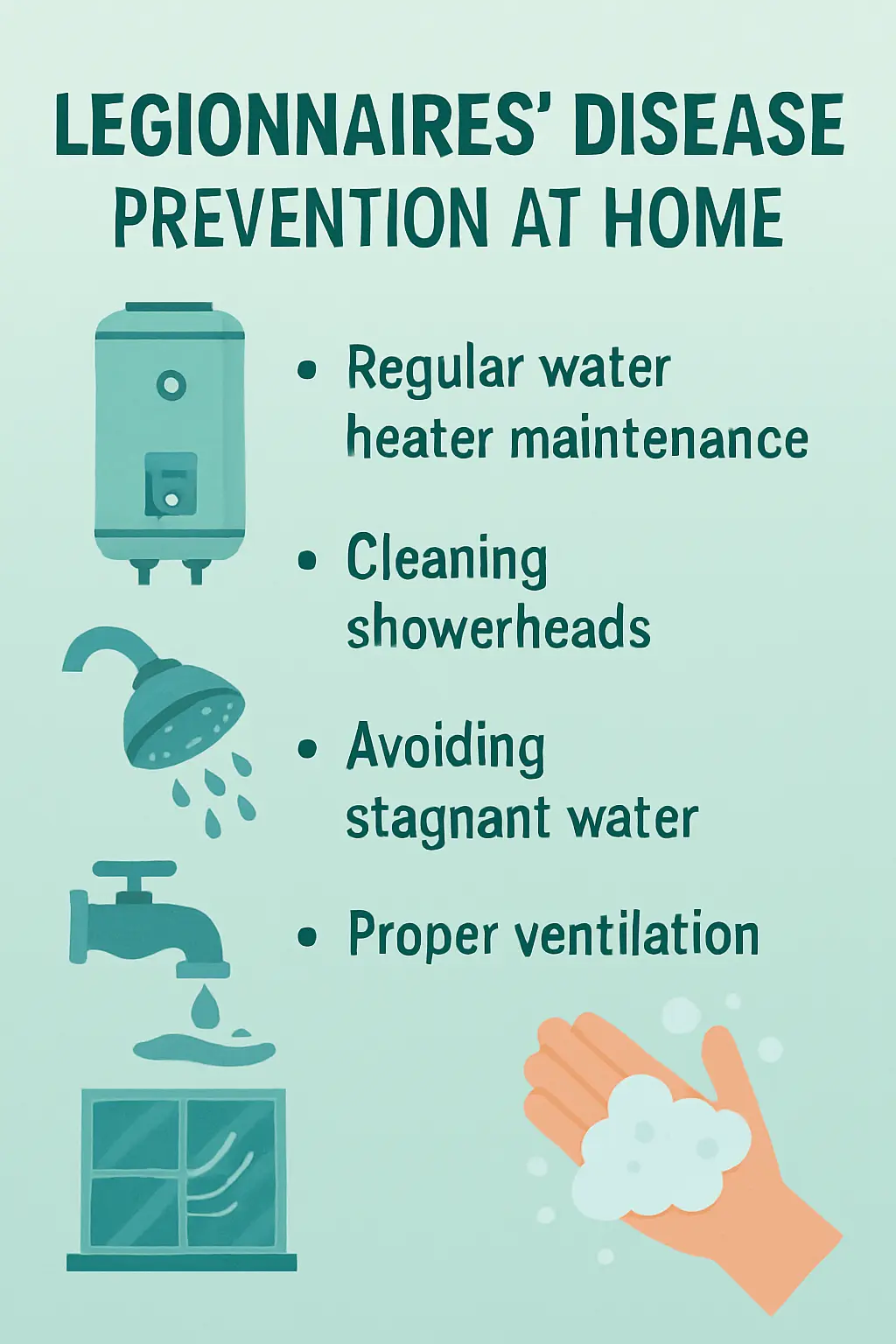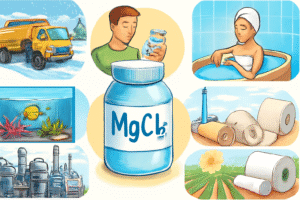Legionnaires’ disease might sound like a rare industrial illness, but it can quietly lurk in the comfort of your home. Caused by Legionella pneumophila, this bacterium thrives in stagnant, warm water—exactly the conditions found in underused pipes, heaters, and showers.
When we think about waterborne illnesses, Legionnaires’ disease may not top the list—but perhaps it should. Caused by Legionella pneumophila, this often-overlooked respiratory infection has been quietly on the rise, especially in urban environments where aging infrastructure and complex plumbing systems create perfect breeding grounds for bacteria.
With cases of home-acquired Legionnaires’ disease increasing—especially after long absences, renovations, or during warm months—understanding how to safeguard your domestic water system is essential.
Practical guide to help you prevent Legionnaires’ disease right at home.
Here is some practical guide to prevent Legionnaires disease at home
1. Flush Out Stagnant Water After Inactivity
If your home has been unoccupied for a few days or more (may be due to vacation), flush your water system before use. Run all taps and showers for 2–5 minutes to purge any stagnant water where bacteria may have multiplied.
✅ Tip: Start with the cold taps, then the hot ones. Use the highest temperature setting available.
2. Maintain Hot Water at Safe Temperatures
Legionella grows best between 20°C and 45°C (68°F–113°F). But it dies quickly above 60°C (140°F). Ensure your hot water heater is set to at least 60°C and water at taps reaches 50°C.
❗ Caution: This temperature can scald—install thermostatic mixer valves if needed to stay safe.
3. Clean Shower Heads and Faucets Regularly
Biofilm (a slimy bacterial layer) often builds up in showerheads and faucet aerators. Disassemble and clean them with vinegar or disinfectant every 3 months to remove buildup and kill hidden Legionella colonies.
4. Avoid Low-Use Fixtures
Sinks or guest bathrooms that go unused can become breeding grounds for Legionella. Make a habit of running water in these areas at least weekly.
If you’re remodeling, avoid “dead legs”—pipes with no water flow—which harbor stagnant water.
5. Use Filters or Point-of-Use Devices
Water filter for legionella. Consider NSF-certified 0.2-micron filters for high-risk households (immunocompromised members). These filters block Legionella and other pathogens at the tap or showerhead.
6. Test Your Water (If at Risk)
Test home water for legionella, if someone in your household has been sick with pneumonia or you’re concerned about recurring water issues, you can test your water for Legionella through certified labs.
DIY test kits are available, but professional water analysis is more reliable.
Early Symptoms and Diagnosis of Legionella
The initial symptoms mimic those of the flu: fever, chills, cough, muscle aches, and shortness of breath. This makes early diagnosis tricky—especially during peak cold and flu seasons. That’s why awareness among both patients and healthcare providers is crucial.
Doctors typically confirm the diagnosis using a urinary antigen test, which detects Legionella pneumophila serogroup 1—the most common strain. Blood cultures, chest X-rays, and PCR tests may also be used to rule out other types of pneumonia.
Who’s Most at Risk?
Adults over 50
Smokers or ex-smokers
People with chronic lung disease
Individuals with weakened immune systems.
Final Thoughts
Preventing Legionnaires’ disease in the home isn’t about panic—it’s about practical, science-based water hygiene. By keeping your plumbing in motion, maintaining hot water temperatures, and cleaning high-risk areas regularly, you can safeguard your family’s health without expensive overhauls.
As we spend more time at home, especially in hybrid or remote lifestyles, managing home water safety has never been more important. Maintaining healthy immune system, having a proper nutrition and healthy diet and exercise are key to remain protected during any outbreak.
References
Riccò, M. et al. (2022). Impact of lockdown on Legionnaires’ disease. Acta Bio Medica.
Riccò, M. et al. (2021). Epidemiology in Italy. Microorganisms.
Parr, A. et al. (2015). Guidelines for prevention. J Public Health Mgmt.
Hilbi, H. et al. (2010). Pathogenesis and control. Molecular Microbiology.
Castillo, N. E. et al. (2016). Review. Infectious Diseases Clin Practice.
Viasus, D. et al. (2022). Diagnosis and
treatment update. Infectious Diseases and Therapy





